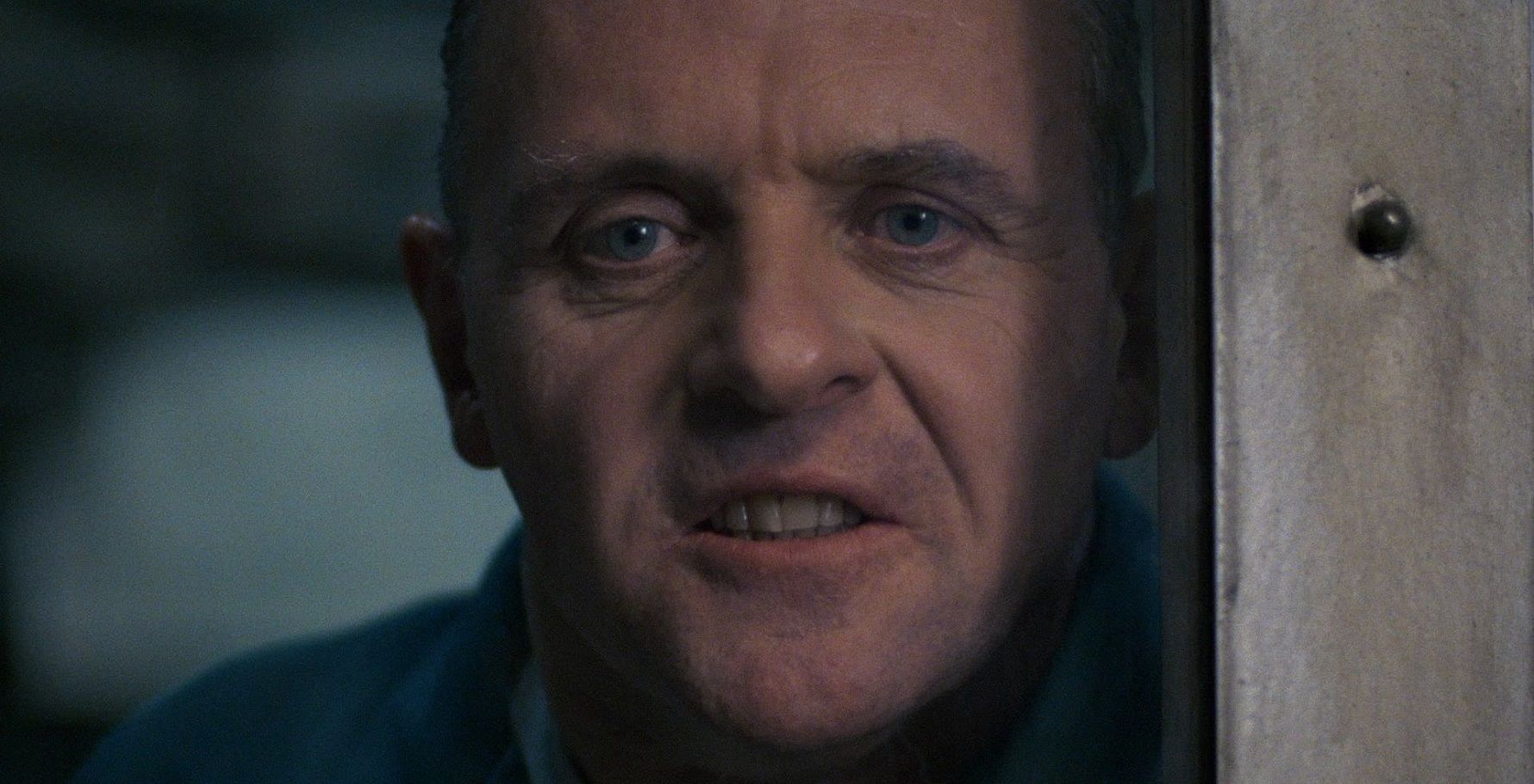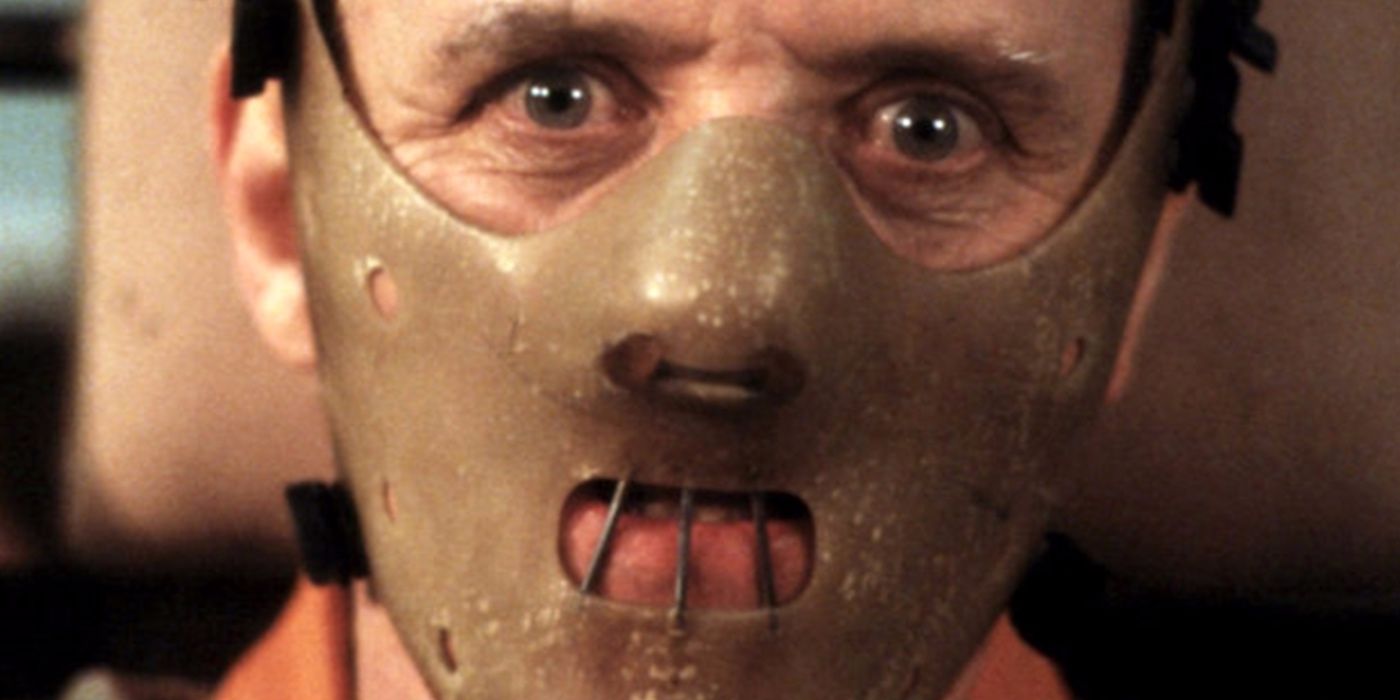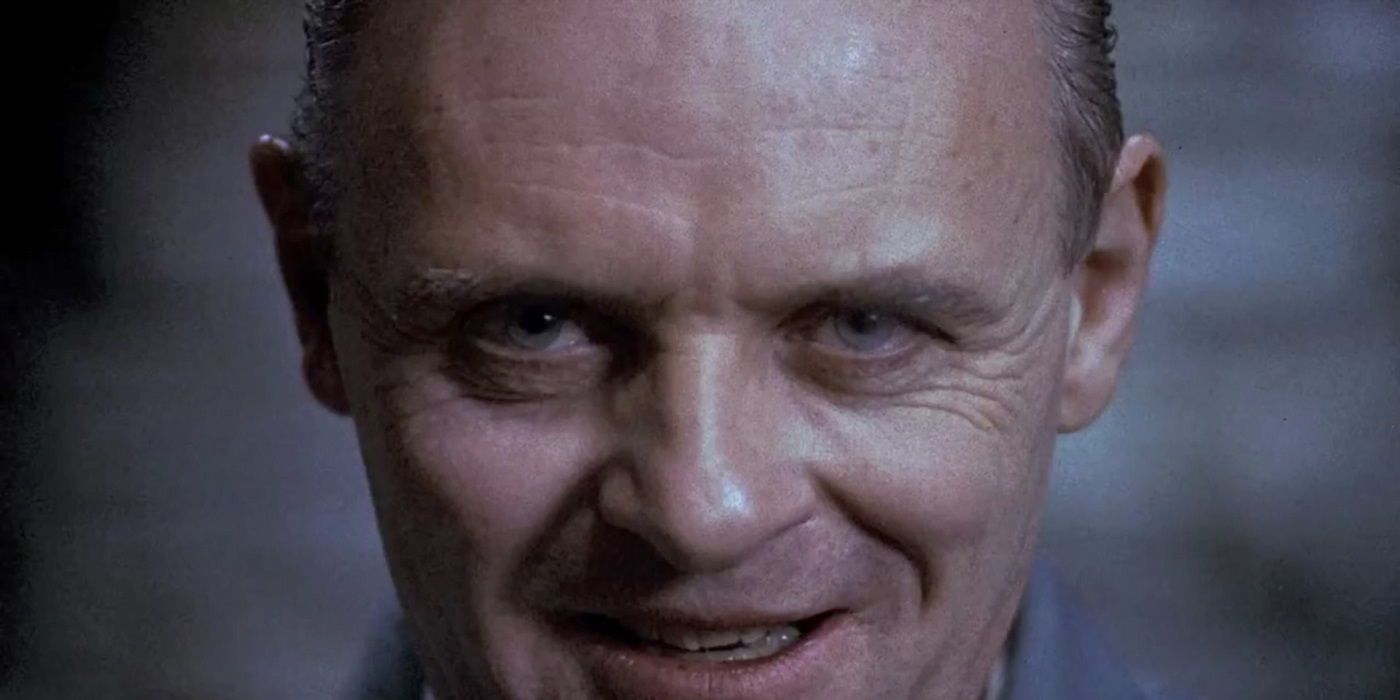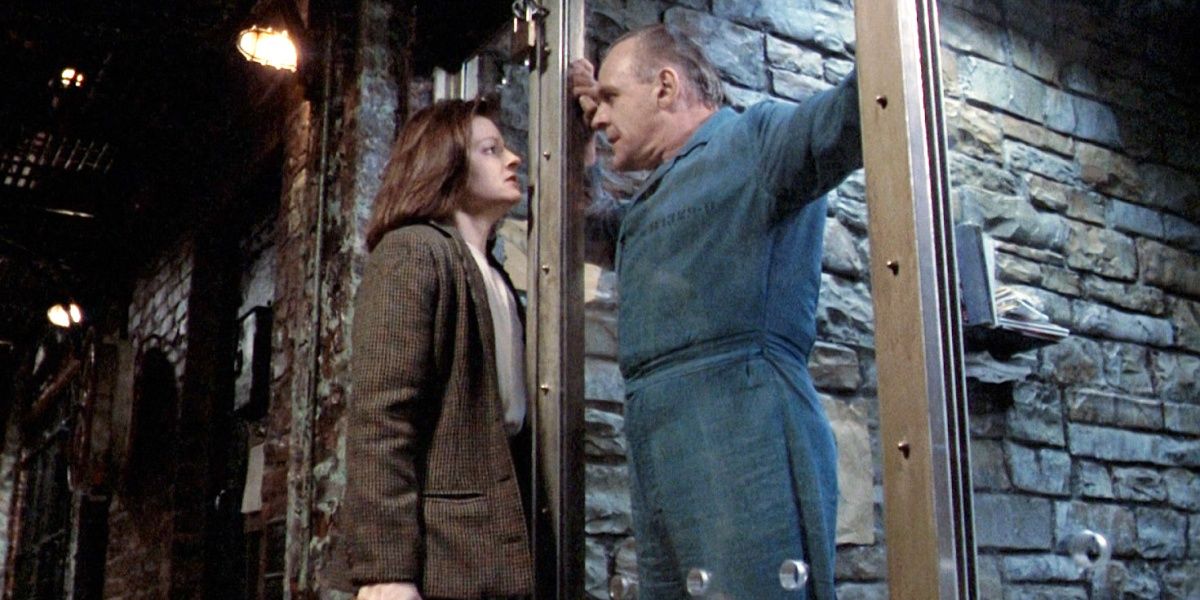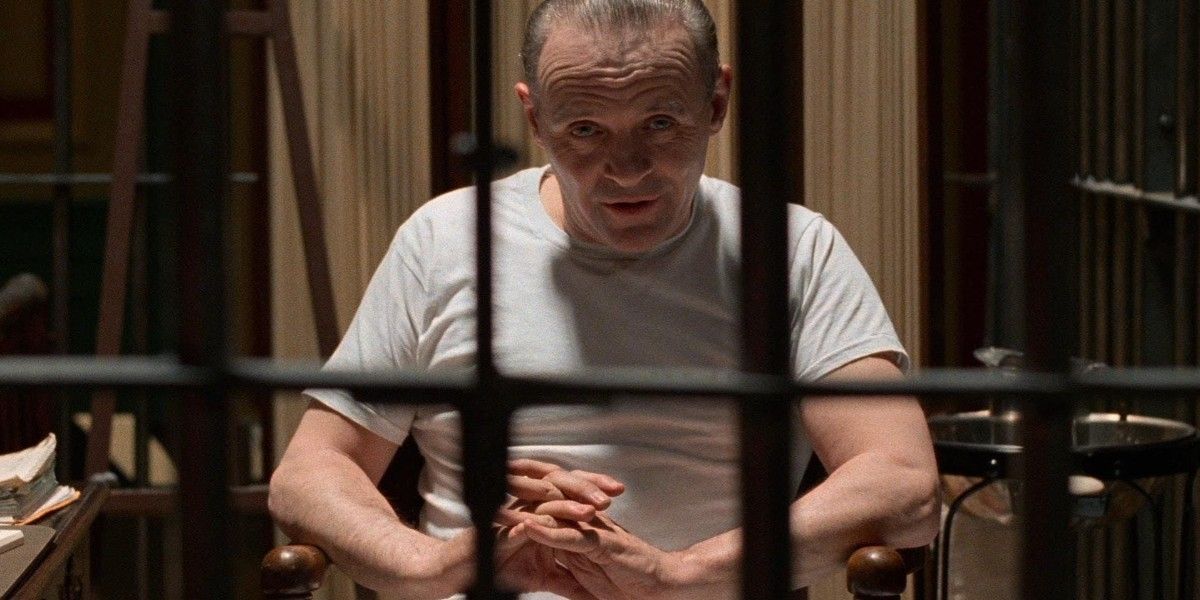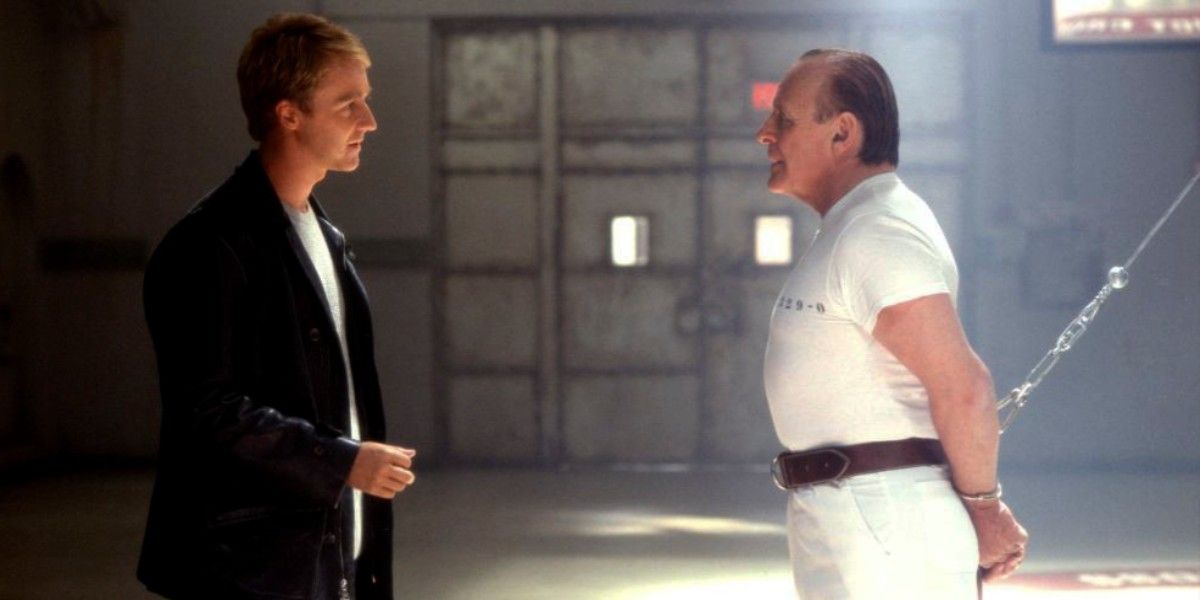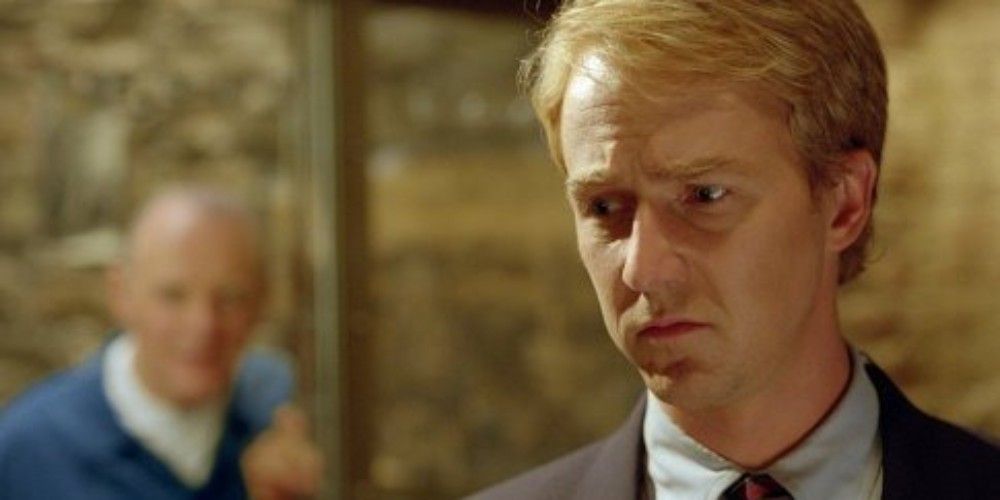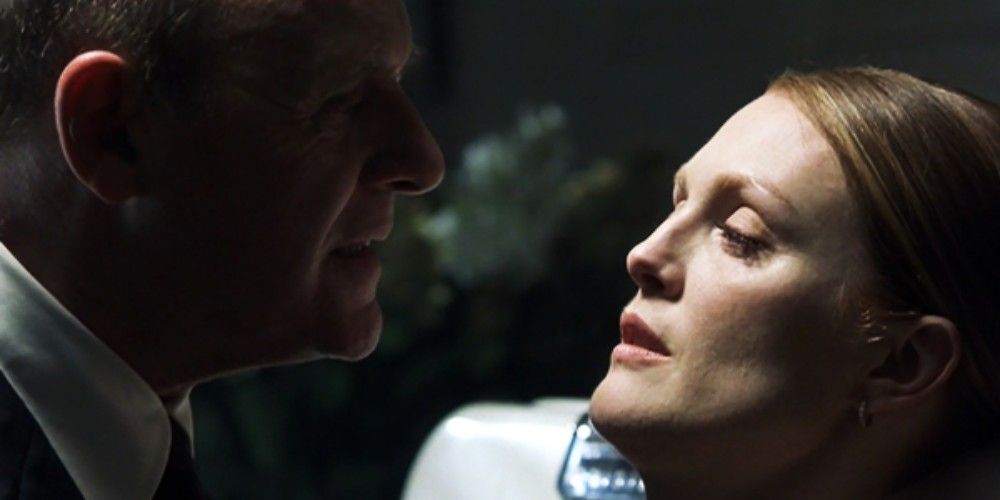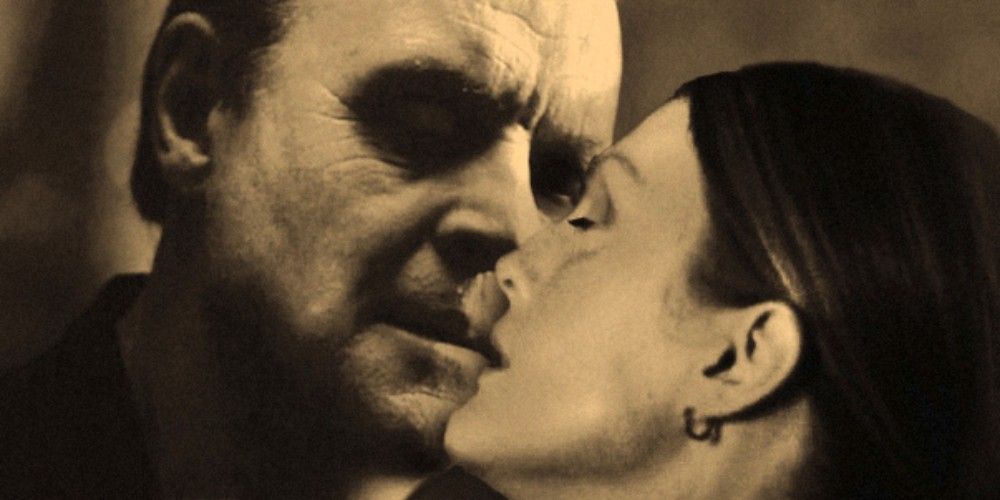One of the most frightening and enigmatic villains ever to appear in literature, Hannibal Lecter has been an enduring source of nightmares for fans of Thomas Harris's novels for decades. Dr. Lecter first known to cinema audiences in Manhunter, one of Michael Mann's first films and a commercial failure. He would become a fixture of pop culture once he appeared in another adaptation, Silence of the Lambs, played with aplomb by Sir Anthony Hopkins.
This film put Dr. Lecter on the map, as the incarcerated villain that young FBI agent Clarice Starling has to consult to take down another serial killer. It inspired film adaptations of Harris's entire Hannibal trilogy, from Red Dragon to Hannibal, an origins novel in the early '00s, and even a tv series on NBC. As fascinating a monster as Hannibal was, there were many facets about him left on the page. Read on for 10 facts about him that the movies leave out.
HE'S OF EASTERN EUROPEAN DESCENT
Although Anthony Hopkins gave a brilliant and scene stealing performance as Hannibal Lecter in three films, he failed to capture the Hannibal Lecter of the books. Born into an aristocratic family in 1933 in Lithuania, Hannibal was orphaned at a young age before being adopted by his step-aunt Lady Marusaki.
Hannibal not only had all of the excellent manners and graces of the upper class, he also had a distinct reservation that may have been influenced by his background. Even Hannibal Rising couldn't convey it, so focused was the film on capturing his visceral unbridled rage. The Hannibal series by Bryan Fuller was infinitely more successful in that regard.
HE HAS MAROON EYES
One of the stand out aspects of the Hannibal Lecter of the books oddly never made it into any film adaptation. Perhaps because it made Dr. Lecter seem like much more of a cartoon villain than a real menace, and the most disturbing aspects of his malevolence shouldn't be rendered physical but confined to his mental divergence.
When Clarice Starling first meets Hannibal in Silence of the Lambs, she is immediately struck by the peculiar color of his eyes. They're described as "maroon," and reflected the lights of his confinement in "pinpoints of red." Perhaps no actor wanted to wear the contacts, or writers felt that aspect of Hannibal made him too conspicuous.
HE HAS SERRATED TEETH AND WAS CONSIDERED SMALL
Reading the description for Hannibal in Silence of the Lambs (in which Clarice Starling describes him as having "maroon" eyes that glint red in the light), it's immediately apparent that the 'good' doctor, though small of build, would stand out in a crowd.
He also possessed "small, white teeth" which he sometimes filed down, and dark hair that's slicked back. The actors that have portrayed Hannibal (Anthony Hopkins, Brian Cox, and Gaspard Ulliel on film) have all been anything but "small," and none of them have had the sort of distinct teeth described by Clarice, perhaps because they wouldn't seem menacing enough.
HIS EXTRA MIDDLE FINGER
Hannibal Lecter has been described as having the condition of polydactyly, which involves having another digit on the hand. In this case, he has two middle fingers. This is referenced in the Hannibal film in a specific way, when x-rays are discovered by Mason Verger that reveal Lecter amputated it himself to make himself less distinguishable to authorities.
Removing it off screen does nothing for the fact that they never show him having it on screen, which he would have had in Red Dragon at the very least. Not even the Hannibal series includes it. In the end, it was probably was the result of it being too costly/time consuming to include the VFX.
HE PERFORMS PLASTIC SURGERY ON HIS OWN FACE
After the grisly events of Silence of the Lambs, Hannibal flees to Europe. He's hunted by not only the FBI, but also Mason Verger, a former patient he brutally maimed and left on a respirator for the rest of his life. He lives out his days under the alias "Dr. Fell" in Florence, Italy when the Hannibal book begins.
The book explains that Hannibal performed plastic surgery on himself so as to fool the authorities. Since he looks the same in Silence of the Lambs and Hannibal, we can assume that was left out.
HE KNOWS WILL'S MARRIED LIFE IS A "COSTUME"
In the book Red Dragon, Will Graham has moved on from his time with Hannibal Lecter (in the first go around), and married a woman with a child. When he sees Hannibal again to consult on the Tooth Fairy case, Hannibal taunts him for trying to wear his married life "like a costume," something to put on so he won't be who he really is and forget what he's seen.
In the film, Will Graham is married to a woman who he has a child with, thereby erasing the important distinction between having a child with someone he's in love with and finding someone to love with a child so that he can forget his past.
HE NEVER GAVE WILL ALL THE ANSWERS
As Will Graham searches desperately for clues exposing the Tooth Fairy's method of selecting his victims, he enlists the help of Hannibal Lecter to catch the serial killer. He is drawn to him in the book, his "old scent" and the common bond they shared, explored more fully in the TV series, rather than in the film where he is instructed to begrudgingly see him.
It's Hannibal that leads him to watch the home movies of the Tooth Fairy's victim, whereas in the book, Will has much more agency. In fact, Hannibal practically hand feeds him all his best discoveries, unlike in the book, where Will locates the evidence for himself.
HIS MIND HAS A "MEMORY PALACE"
One of the best aspects of the book -the exploration of Hannibal Lecter's mind- is the most difficult to show in a visual medium like film. When Clarice Starling first meets Hannibal, she learns he has an eidetic memory, meaning he can see images only once and be able to recall them perfectly for a period of time afterwards.
Hannibal himself describes the process in the book as having a "memory palace," where there are rooms upon rooms of memories he can go to and recall anything he wants in vivid detail. It's what preserves the memory of his deceased sister and also helps him elude the authorities so well.
HE TRIED TO DRUG AND HYPNOTIZE CLARICE
In the much-maligned Hannibal book, Dr. Lecter kidnaps Clarice Starling and takes her to a remote lake house. Once there, he feeds her a profoundly potent cocktail of hallucinogenic drugs, all the while hypnotizing her into a compliant state where he makes her believe she is his deceased sister.
In the Ridley Scott film, the scenario plays out similarly, but to a much tamer extent. Hannibal gives her very little drugs and the process isn't drawn out at all. By the end of it, she's still very much in possession of her identity, and resists any coercion on his part.
HE LIVES HAPPILY EVER AFTER WITH CLARICE IN ITALY
One of the biggest problems fans had with the last book in the Hannibal trilogy was the ending. Thomas Harris seemed to imply that after she was betrayed and broken down by the very institution that gave her purpose (the FBI), there was nothing left of Clarice Starling. This left her open to Hannibal's mental manipulation, and he succeeds in bending her to his will.
They become lovers and flee to Buenos Aires, where they're seen attending an opera by Lecter's old orderly Barney. Clarice has platinum hair now, wears the sort of stylish clothing that would suit the woman on Hannibal's arm, and the two live happily (homicidally?) ever after.

